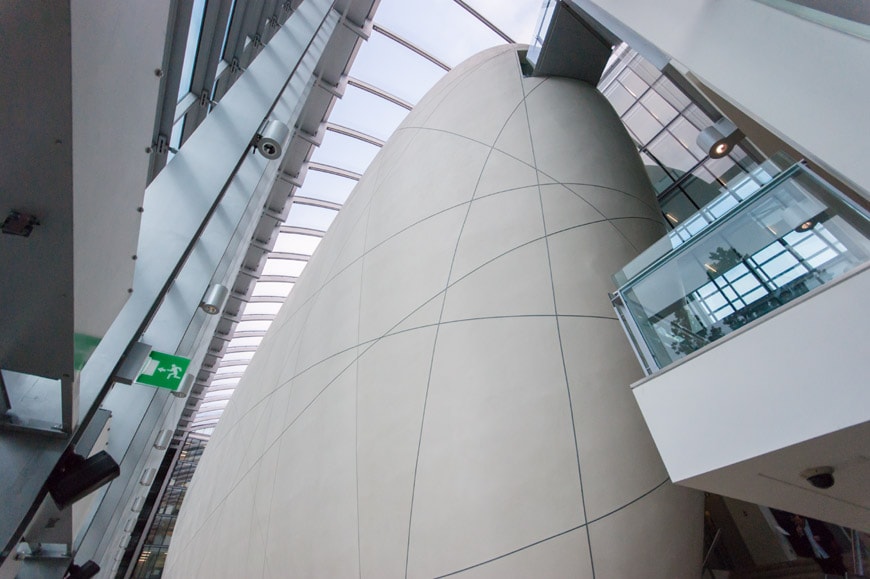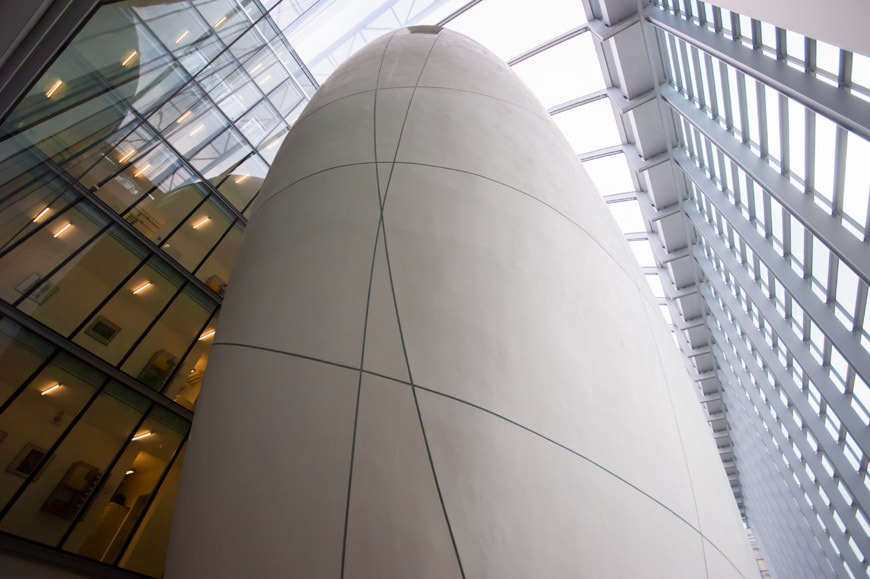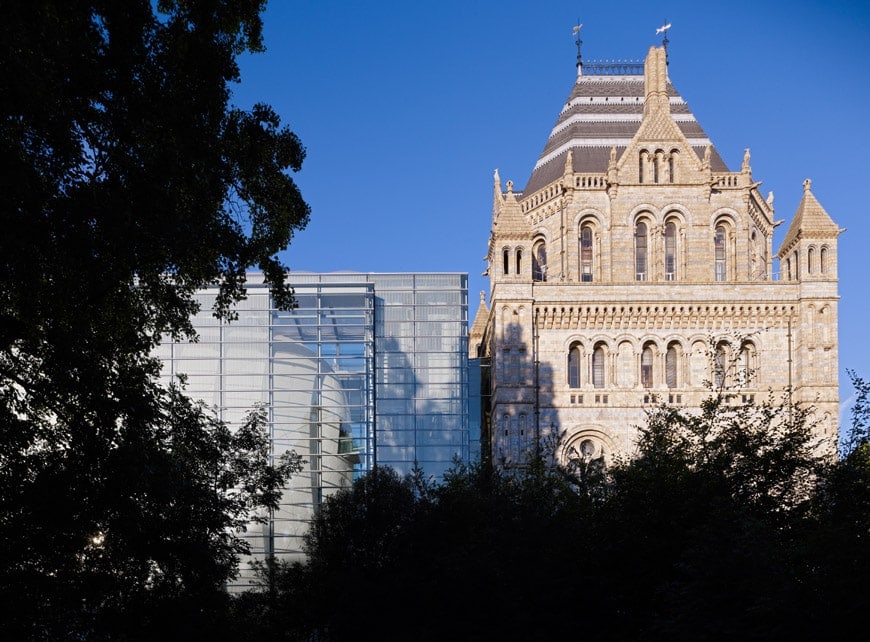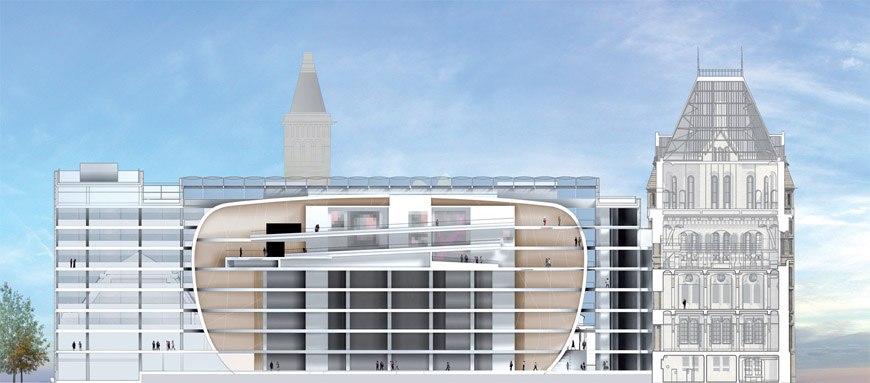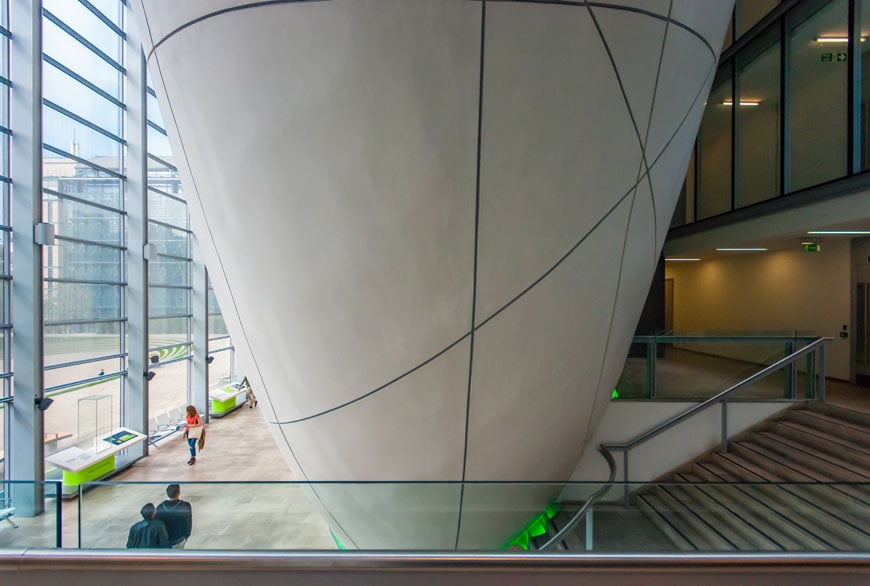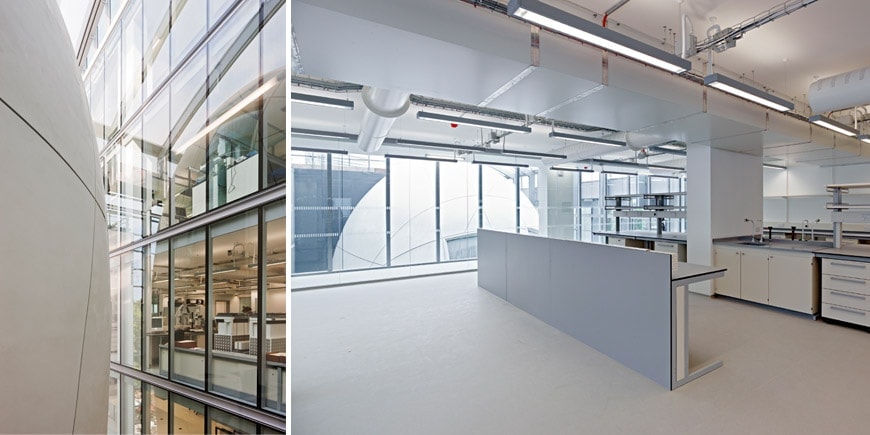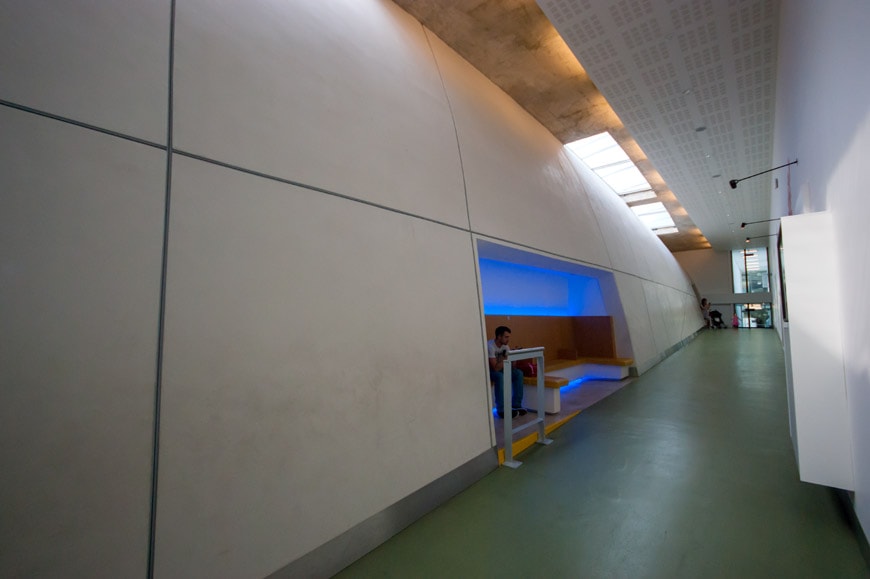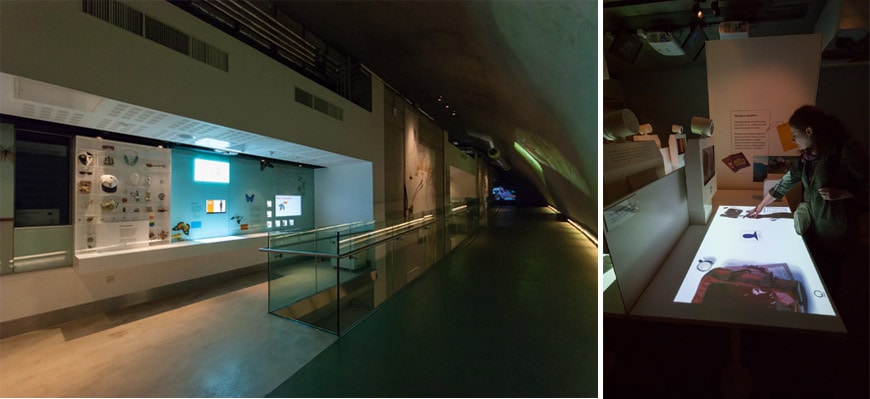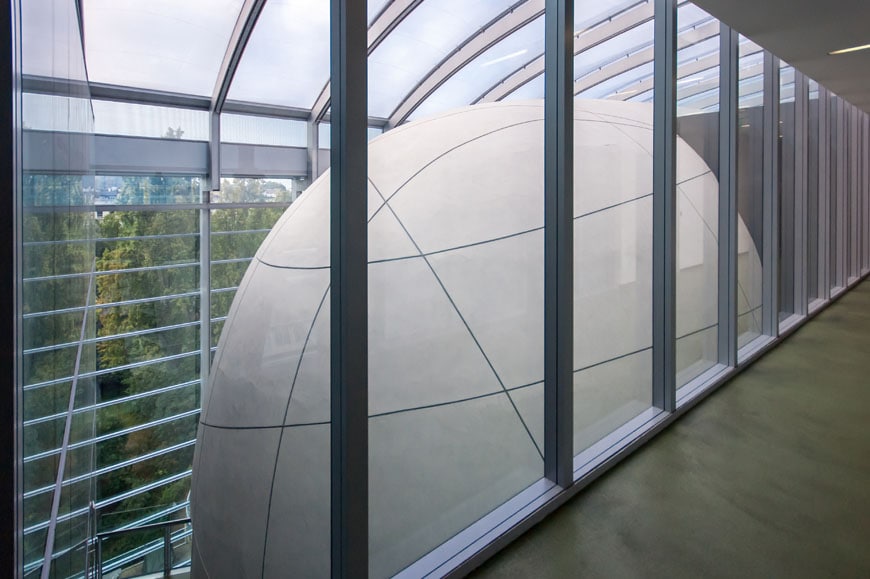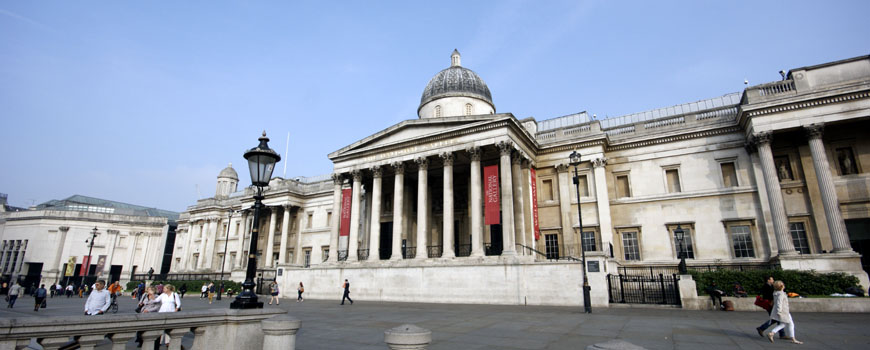London | The Darwin Centre phase 2
Owner: Natural History Museum
C. F. Møller Architects
lead designer, partner and architect Anna Maria Indrio
36-38 Whitefriars Street , London - UK
www.cfmoller.com
Images courtesy of C. F. Møller Architects and Natural History Museum - London
Additional photos by Inexhibit
All rights reserved. Reproduction is not permitted.
Photo by Inexhibit, September 2014
C. F. Møller Architects: The Darwin Centre Phase 2, London
Introduction by Riccardo Bianchini
The Darwin Centre is a spectacular addition to the Natural Natural History Museum in London that has soon become an iconic landmark. The center is both a research facility and an exhibition space, it is primarily dedicated to biodiversity, the various life forms on planet Earth, and the consequences of climate change. The Darwin Centre was built in two phases, one designed by HOK Architects and completed in 2002 was aimed to create a new building for the zoological collections and exhibitions; the second, completed in 2009 after a design by the Danish firm C.F. Møller Architects, is dedicated to entomology and botany and is now also famous for the iconic Cocoon exhibition and research facility. The architecture of Møller’s addiction is simply breathtaking: a pod-shaped white volume, placed inside a transparent glass box, seems floating in the surrounding bright atmosphere. The exhibition galleries are located on the two upper floors of the cocoon, with visitors entering from its top by using a glass elevator, gently going down by a pedestrian ramp, and then exiting at the 5th floor. Several intriguing specimens are exhibited, also with the support of multimedia and interactive exhibits, so effectively depicting the diversity of life on our planet. The lower levels of the cocoon and other areas in the center are occupied by learning spaces, workshops, research laboratories, and storage spaces for over 20 million specimens. The traditional separation between exhibition and research areas is then substantially reduced. Definitely a great example of how architecture, exhibition galleries, and a scientific workplace can be joined in a fascinating whole.
Photos by Riccardo Bianchini / Inexhibit
The architectural concept by C. F. Møller Architects
The second phase of the Darwin Centre is an extension of the famous Natural History Museum in London, taking the form of a huge eight-story concrete cocoon, surrounded by a glass atrium. The Natural History Museum is both one of the UK’s top five visitor attractions and a world-leading science research center. The architecture of the Darwin Centre reflects this dual role and reveals to the public for the first time the incredible range and diversity of the Museum’s collections and the cutting-edge scientific research they support.
Top: Sketch drawings, courtesy of C. F. Møller Architects
Bottom: Photo by Torben Eskerod. Copyright Natural History Museum
The second phase of the Darwin Centre completes the western side of the Natural History Museum, uniting Alfred Waterhouse’s terracotta construction from 1881, with the first phase of the Darwin Centre which opened in 2002. The brief for the building had three key objectives: to provide a home for the museum’s unique collection of 17 million insect specimens and 3 million plant specimens, to provide a working area for the research scientists, and to enable the public to interact with the scientists and the collections. This has been achieved by providing visitors with an opportunity to go on self-guided tours in and around the cocoon, which gives glimpses of the research facility and the extent of the collections.
The collections housed in the Natural History Museum are among the world’s most extensive and treasured. In order to adequately preserve, maintain and represent this collection, a structure suitable for both its expression and physical construction was necessary. The Cocoon does this by creating an icon, which represents preservation, protection, and nature. It is constructed of 300mm thick sprayed-concrete walls, with a defined geometric form based on mathematical equations. The surface finish is made up of ivory-colored polished plaster, resembling a silk cocoon, around which a series of expansion joints wrap, resembling silk threads.
Cross-section, courtesy of C. F. Møller Architects
The shape and size of the Cocoon are such that it cannot be seen in its entirety from any one position, emphasizing its massive scale and giving the visitor a tangible understanding of the volume of the collections contained within. The collections areas within the Cocoon are of world-class importance, and the regulation of temperature and humidity reduces the risk of pest infestations, ensuring that the collections will be protected and preserved for many years to come. The exposed thermal mass of the continuously-sprayed reinforced concrete shell maintains a stable internal environment and minimizes energy usage.
Public access to the scientific core of the second phase of the Darwin Centre takes the form of a visitor route that leads up and through the cocoon, overlooking the science and collection areas. From inside this cavernous space, visitors can experience the Darwin Centre as a compelling and interactive learning space, and observe the scientific and research activities without interrupting the scientific work in progress. Scenic passenger lifts and ramps of very low gradients ensure that the experience is comfortable and interesting for able-bodied and disabled visitors alike.
Photos by Riccardo Bianchini / Inexhibit
Photos by Torben Eskerod. Copyright Natural History Museum
The second phase of the Darwin Centre is intended to manage the difference in scale and architectural approach and to create a physical link between the original landmark Alfred Waterhouse Museum building and the more contemporary addition of the first phase of the Darwin Centre. It also serves as a landmark building in its own right, the full-height glass wall partially revealing the solid three-dimensional form of the cocoon within.
Photos by Inexhibit
The public atrium space is dramatic, tall, and filled with daylight, and creates a link that completes the western portion of the Natural History Museum’s property and clarifies the circulation patterns within the museum for both staff and visitors. The new building changes the Natural History Museum’s relationship with the site from that of an introverted to an extroverted building and improves and transforms the existing buildings into something more than the sum of their parts – by bridging the past, present, and future of the museum.
Photos by Riccardo Bianchini / Inexhibit
copyright Inexhibit 2024 - ISSN: 2283-5474

